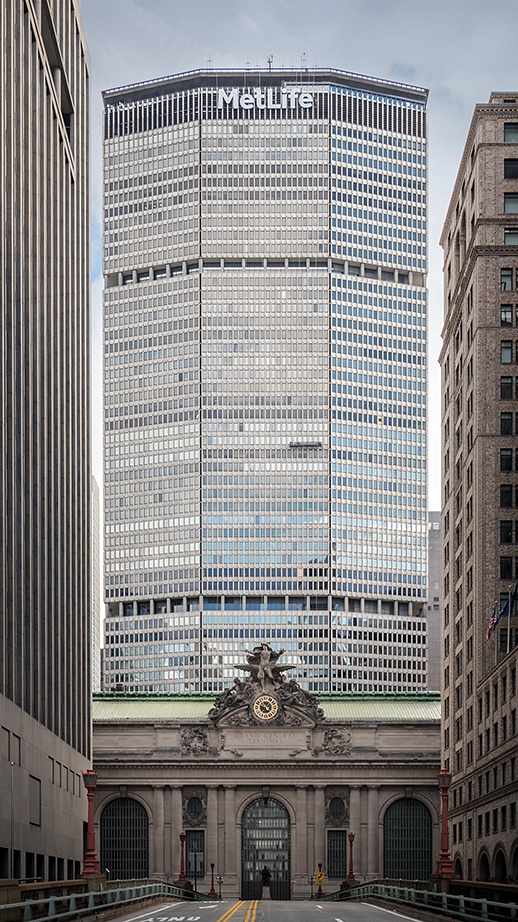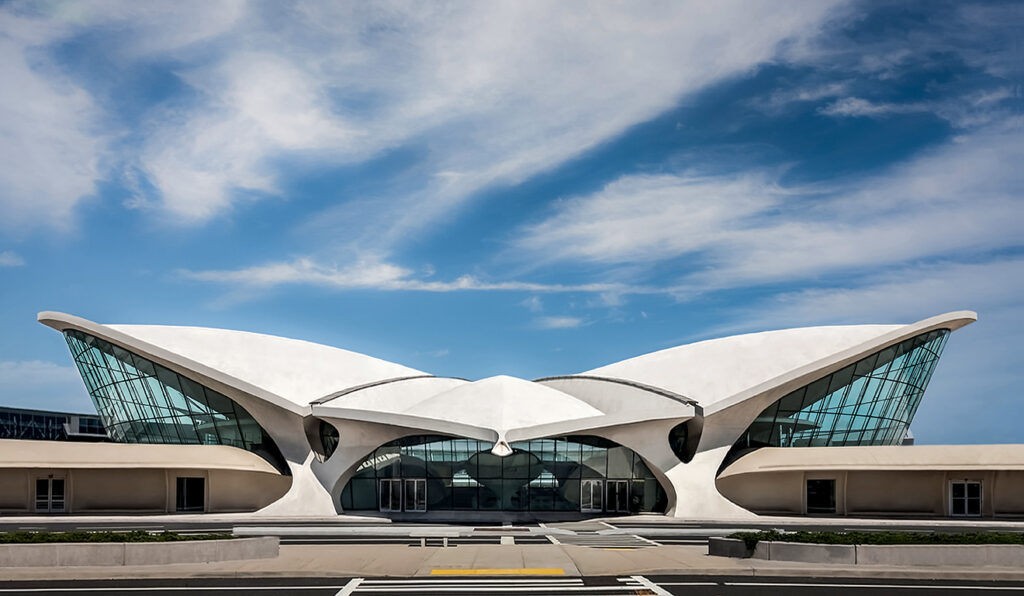Mid-century Modern – East Coast
A tour of Mid-Century Modern architecture is about much more than discovering new buildings. Discovery goes beyond chalking up miles and checking items off a list. It’s also about traveling into ourselves and, if we’re lucky, being inspired to change things for the better.
Few experiences are as wedged into our psyches as the Great American Road Trip – a rite of passage chronicled by luminaries from Alexis de Tocqueville to Jack Kerouac. The Great American Mid-Century Modern Architecture Road Trip? Not famous. But that’s one of the many reasons it’s so appealing. Discovery, in this global, digital age, when few corners are mysterious, has become a rare commodity. And discovery on the East Coast of America – in the context of one of the finest collections of Modern design in the world – is that much sweeter.
While the roots of the Modern movement were in a unifying, machine-inspired aesthetic, the expression of Modernism along the East Coast varies emphatically as you move from one place to the next, and even from one project to the next. In Lincoln, Modernist residences combined traditional New England materials like vertical wood planks and fieldstone walls with streamlined, contemporary ones like glass, concrete, and steel. In Miami, Miami Modern, known as MiMo, embraced flashy, futuristic embellishments with quirky names such as cheese holes, woggles, and beanpoles. From Florida to North Carolina, Modern abodes took on Southern derivations, such as wraparound porches, large overhangs, jalousie windows, indoor–outdoor connections, and sliding glass doors.

Exploring each site means absorbing Modernism’s myriad formal varieties. So many buildings here represent the pure and hyperrational International Style, embodied by the new glass-and-steel boxes of New York’s Park Avenue. Examples of naturally influenced Organic Modernism include Frank Lloyd Wright’s legendary stacking up stone and concrete over a waterfall in Bear Run, Pennsylvania. The classically inspired New Formalism is shown in Wallace K. Harrison’s plans for Lincoln Center and Empire State Plaza, bulky, symmetrical public spaces clad in marble and glass, evoking modern-day Greek temples. And then there’s concrete-worshipping Brutalism, in which building itself became sculptural ornament. And don’t forget the kitschy, future-leaning roadside architecture, exhibited Florida’s Federal Highway, and in the old-school resorts of Wildwood, New Jersey.
But this phenomenal assemblage remains two-dimensional until you experience it in person. It’s the journey that unlocks the magic in this collection of achievements.
Mid-Century Modern Architecture delivers a nostalgic journey into the past. But it also brings us into a time that valued the future above all else. Americans were thrilled by what was ahead of them and eager to right the wrongs of the past. Through politics, science, medicine, engineering, and, yes, architecture, they would build a better world free of its prior scourges. They would rethink space, light, materials, experience, meaning, everything.
Of course, not all worked out as envisioned. Nothing ever does. The Modern movement failed almost as much as it succeeded. What started as a visionary, socially concerned undertaking became, to many, a symbol of the arrogant, insensitive status quo. But that sense of bold optimism, and the earnest demand to construct well for everyone, delivers something we are sorely lacking in this cynical, timid, divided, distracted time. You begin to spot the best Mid-Century buildings not just because of their materials or forms, but also because of their audacity, energy, and heart, and their ability to stir and transport. You’ll realize just how unambitious and deeply uninspired much of what we build today is, and you’ll start thinking about how to change that.
